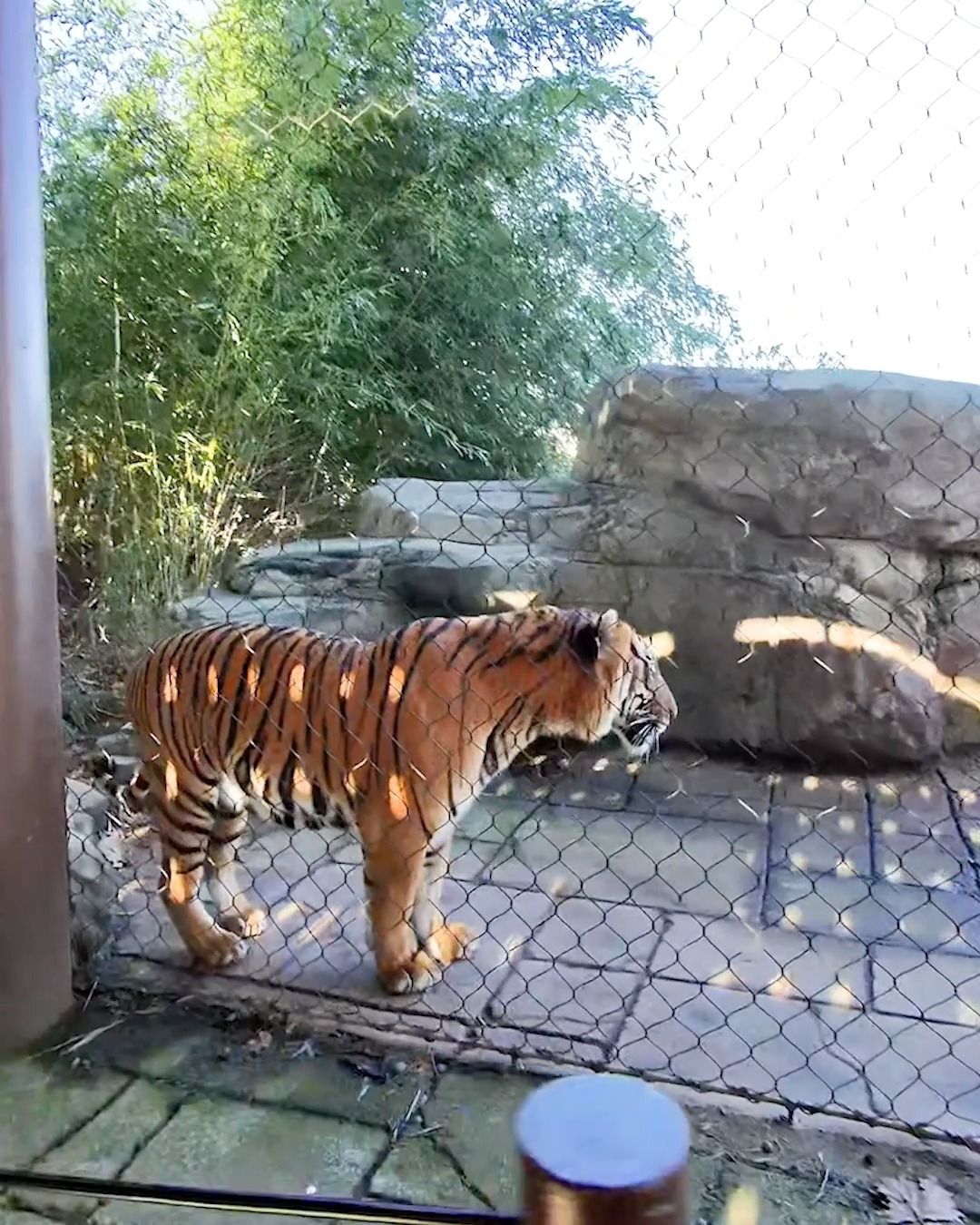- Introduction to the intricate web of zoo management and its crucial role in wildlife conservation.
- The challenges facing modern zoos and the innovative solutions being implemented to meet these challenges.
- The synergy between zoology and conservation efforts in maintaining biodiversity.
- The influence of social media platforms like Instagram on wildlife awareness and education.
- Examination of how advances in zoology are shaping the future of animal welfare and conservation.
Zoo management is much more than just a caretaker role; it involves an intricate balance of logistics, education, research, and conservation efforts. Zoos today are modern institutions that play a crucial role in wildlife conservation. They act as sanctuaries for endangered species, breeding programs, and educational hubs for the public. At the heart of it, managing a zoo requires an understanding of zoological sciences, a commitment to animal welfare, and a dedication to conservation efforts. It’s a complex task that involves not only the care and well-being of the animals but also addressing the conservation needs of species from around the world.
As zoos continuously evolve, they face numerous challenges. Changes in public perception, ethical considerations, and the ongoing threat of habitat destruction demand constant adaptation. One of the primary challenges is ensuring that captive animals live in environments that are as close to their natural habitats as possible. This involves creating enclosures that not only meet their physical needs but also stimulate their mental health. Modern zoos utilize advanced enclosure design and environmental enrichment to encourage natural behaviors and provide a fulfilling life for their animals. For example, introducing interactive toys, complex environments, and social group activities keeps animals engaged and reduces stress-related behaviors.
Another challenge is the need for effective conservation strategies. Many species housed in zoos are part of a larger, global effort to preserve biodiversity. Breeding programs, such as the Species Survival Plans (SSP), are meticulously designed to ensure genetic diversity and the long-term survival of species under threat. These programs involve careful planning and genetic management to prevent inbreeding and maintain healthy populations. Zoos work collaboratively on an international scale, exchanging animals and genetic material to maintain a diverse gene pool. This collaboration is crucial to reintroduce endangered species into the wild and sustain their populations.
Zoology plays a pivotal role in conservation efforts. This scientific discipline is fundamental to understanding animal behavior, physiology, and genetics, which are critical elements for effective conservation management. For example, research in zoo settings often focuses on behavioral studies and reproductive science. Scientists study factors affecting the reproductive success of certain species and find ways to encourage breeding in captivity through hormone treatments or environmental adjustments. This research not only aids breeding programs but also provides important data that can be used in wild conservation strategies.
Social media platforms, including Instagram, have become valuable tools in raising awareness about wildlife conservation. A single compelling post can reach millions, creating widespread awareness about endangered species and the importance of conservation. By leveraging these platforms, zoos and conservationists connect with a global audience, share important stories, and inspire action. The narrative driven by social media can foster a greater appreciation for wildlife and spur interest in conservation efforts. This is particularly significant for younger audiences who are more likely to engage with visual content and narratives shared across social networks.
The future of zoology and conservation is heavily influenced by technological advancements. Innovative tools like DNA sequencing, AI-driven monitoring systems, and advanced veterinary medicine are setting new standards in animal care and research. These technologies enhance our understanding of animal health, improve monitoring of animal welfare, and drive conservation innovations. AI technologies, for instance, help monitor animal behaviors and health signs, providing real-time data that can be invaluable in managing both individual and group health within zoo settings.
Moreover, the concept of species reintroduction has gained traction as a vital component of conservation efforts. This involves releasing captive-bred or rescued animals back into their natural habitats to bolster wild populations. It’s a complex process requiring extensive research and collaboration among zoos, conservation organizations, and government bodies. Reintroduction efforts can be seen in successful programs for species like the California condor and the Arabian oryx, whose populations have been reestablished in the wild thanks to collaborative global efforts.
In conclusion, the role of zoos in wildlife conservation is multifaceted and continually evolving. They serve as vital institutions for educating the public, conducting essential research, and developing conservation strategies that benefit biodiversity worldwide. Through challenging times and rapidly changing environments, the synergy between zoo management and wildlife conservation remains pivotal in preserving the planet’s zoological heritage for future generations. The years ahead present both challenges and opportunities, but with continued innovation, collaboration, and public engagement, the conservation community is poised to make significant strides in safeguarding the natural world.
*****
Source Description


